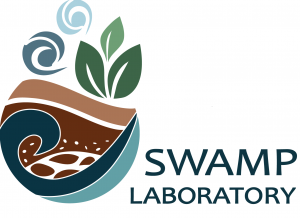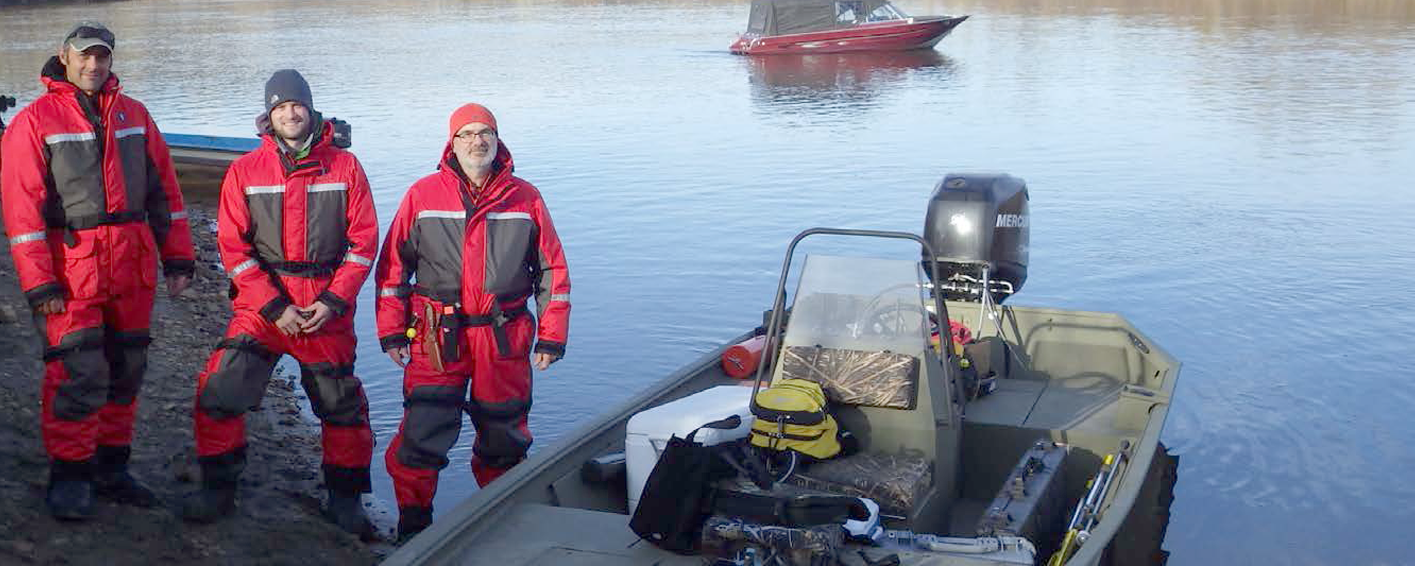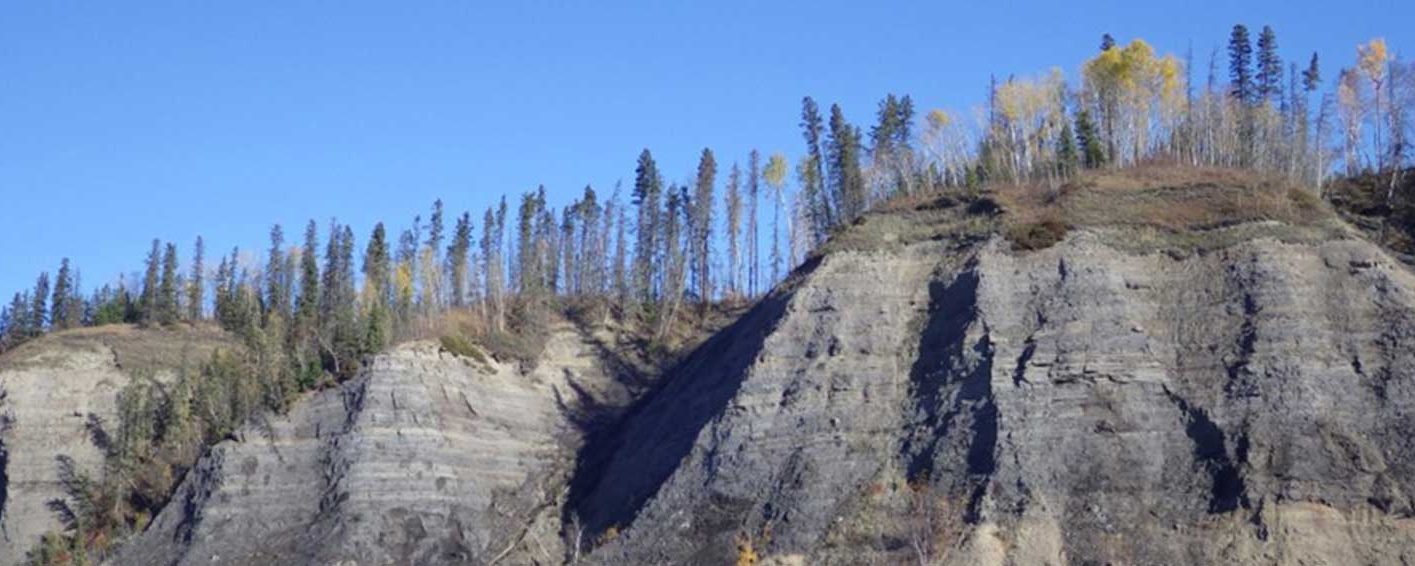Heavy metals are released to the environment from such human activities as mining, smelting and refining of ores, fossil fuel combustion, and incineration, as well as through the use of manures, fertilizers, compost, and other soil amendments. Most of the relevant, potentially toxic trace elements, however, whether they are derived from natural or anthropogenic sources, are generally found in association with micron to nanometre-sized particles, aerosols and colloids: this profoundly impacts their physical and chemical behaviour, as well as the response they create in biological systems. Our principal research objective is to better understand atmospheric deposition of trace elements to terrestrial ecosystems, their transformations in soils and sediments, fate in natural waters, and uptake by plants.
To study these processes, flow-field flow fractionation (FFFF) instrumentation will be combined with sector-field inductively-coupled plasma mass spectrometry (SF-ICP-MS) to understand the importance of these particles to metal cycling. Combining these analytical techniques will provide unprecedented insight into the origins, mobilization, fate and significance of trace elements in the environment, and contribute important mechanistic information not provided by other approaches. The results obtained using these leading edge tools will accelerate the paradigm shift presently underway in environmental chemistry and promises to significantly improve the way we view, and the extent to which we understand, the behaviour and fate of metals in the environment. Our findings will assist in planning remedial actions, developing relevant policies, and encourage improved environmental stewardship.
Some specific research applications are as follows:
 Chemistry of the Soil Environment: element cycling at the interface between lithosphere, atmosphere, hydrosphere, and biosphere, with emphasis on potentially toxic, chalcophile elements from human activities (Pb, Sb, As, Cd, Ag, Tl and Hg).
Chemistry of the Soil Environment: element cycling at the interface between lithosphere, atmosphere, hydrosphere, and biosphere, with emphasis on potentially toxic, chalcophile elements from human activities (Pb, Sb, As, Cd, Ag, Tl and Hg).
 Archives of Environmental Change: natural and anthropogenic sources of trace metals to the atmosphere can be reconstructed in detail using Sphagnum mosses, ombrotrophic peat bogs, as well as alpine and polar snow and ice.
Archives of Environmental Change: natural and anthropogenic sources of trace metals to the atmosphere can be reconstructed in detail using Sphagnum mosses, ombrotrophic peat bogs, as well as alpine and polar snow and ice.
 Isotope Geochemistry: stable Pb isotopes (206Pb, 207Pb, 208Pb) are used for tracing natural and anthropogenic aerosols, particles, and colloids. In addition, 210Pb can be used to quantify atmospheric deposition of aerosols, post-depositional migration of Pb in soils and wetlands, and for radiometric age dating
Isotope Geochemistry: stable Pb isotopes (206Pb, 207Pb, 208Pb) are used for tracing natural and anthropogenic aerosols, particles, and colloids. In addition, 210Pb can be used to quantify atmospheric deposition of aerosols, post-depositional migration of Pb in soils and wetlands, and for radiometric age dating
 Analytical Geochemistry: the heart of our analytical efforts centres upon the size-resolved characterization of anthropogenic, biogenic and pedogenic colloids and aerosols using FFFF coupled to SF-ICP-MS.
Analytical Geochemistry: the heart of our analytical efforts centres upon the size-resolved characterization of anthropogenic, biogenic and pedogenic colloids and aerosols using FFFF coupled to SF-ICP-MS.

Dr. Shotyk’s lab for studying the sources, transformations, behaviour and fate of trace elements in soils, waters, air, manures, and plants (SWAMP) is concerned with environmental quality in its broadest sense: the quality of our soil resources, the water we drink, the air we breathe, and the food we eat. The orientation of this new facility is the pedosphere, and the focus of research is the so called “critical zone” which connects the lithosphere with the atmosphere, hydrosphere, and biosphere, and the relevant chemical processes taking place there. The long-term objective of this research is to employ modern soil science combined with analytical chemistry and isotope geochemistry to better understand how to sustainably manage our natural resources, maintain productive ecosystems and foster human health.






